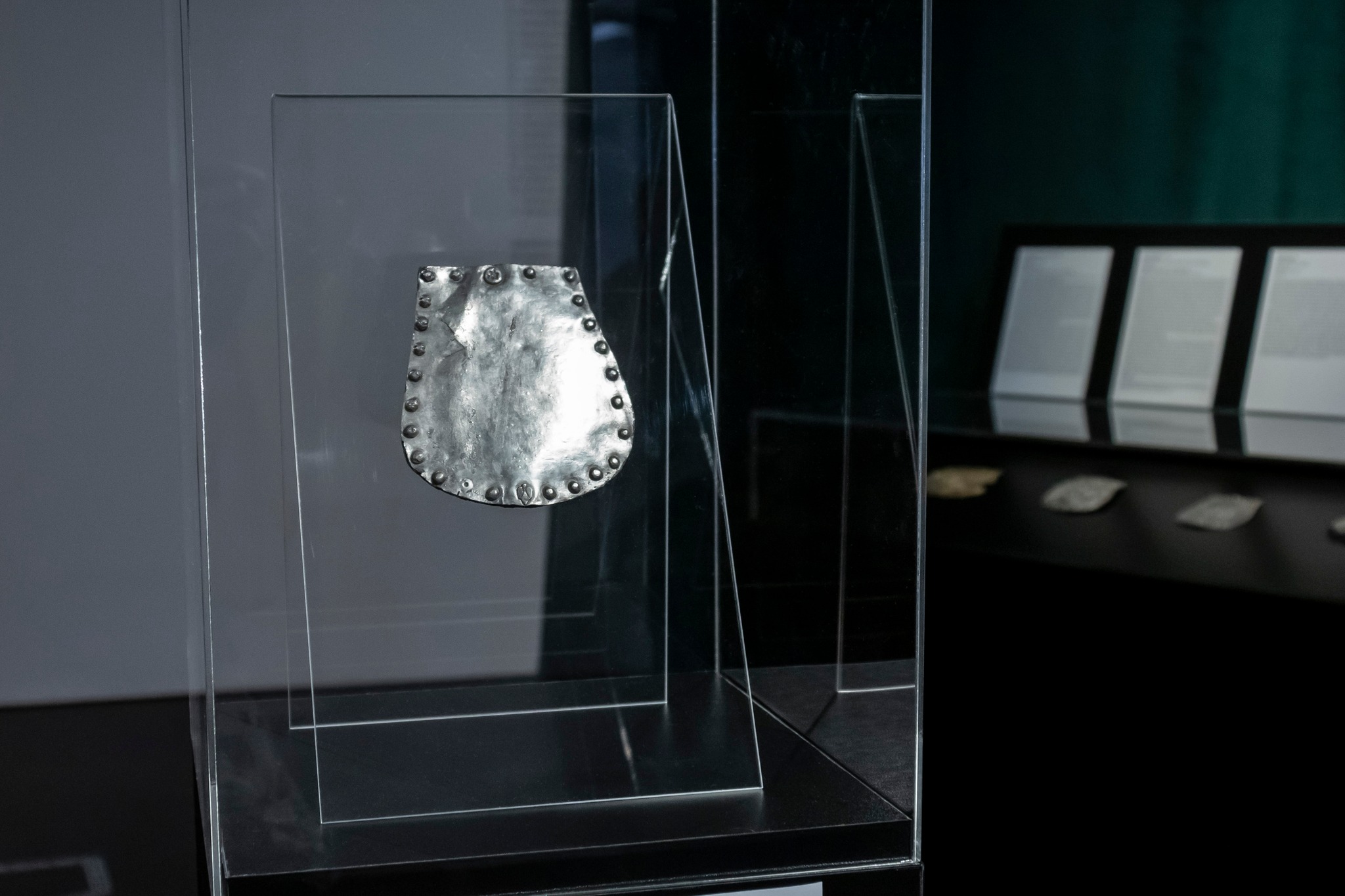
The Rise of the Árpáds comes with illustrated scenes and an educational approach.Continue reading

Once again, a tomb with a sabretache plate from the age of the Hungarian Conquest of the Carpathian Basin has been excavated in Csomád, Pest county. The Hungarian National Museum and the Ferenczy Museum Center held a press conference on Monday in Szentendre about the tomb and the sabretache plate, which has been preserved in a special condition.
László L. Simon, Director General of the Hungarian National Museum, said that the new finds highlight the extremely high quality and exemplary work of the restorers and archaeologists of the two institutions.
The discovery of three archaeological finds in two years of outstanding importance for national memory, and also of unprecedented value in the world, shows that
Hungarian archaeology and the Carpathian Basin, as one of the richest archaeological sites in Europe, have enormous potential.

László L. Simon during the press conference. Photo via Facebook/Magyar Nemzeti Múzeum
László L. Simon also stressed that the regulation, according to which the 1% archaeological contribution fee for major archaeological investments was reduced to one thousandth of a percent, was unsustainable. The director general asked the government for the necessary partnership to ensure the fulfillment of these significant missions.
On the subject of the sabretache plates exhibition, he noted that they intend to take them to three museums in Transylvania and hope to exhibit them in Western museums in the future.
Archaeologist Gábor Virágos, Deputy Director General of Archaeology at the Hungarian National Museum and one of the curators of the exhibition, emphasized that
the sabretache plates and hoard covers of the Age of Hungarian Conquest are the second most important artifacts after the coronation jewellery.

The Hungarian conquest of the Carpathian Basin was a series of historical events ending with the settlement of the Hungarians in Central Europe in the late 9th and early 10th century. The occupying leaders at the Vereckei Pass, part of the Feszty Panorama by Árpád Feszty. Photo via Wikipedia
He added that if the artifacts are taken to Transylvania, there will be an opportunity to add another piece to the collection, as a sabretache ornament has been found in Cluj (Kolozsvár, Romania) in the meantime. He mentioned that the concept was to continue the successful research and presentation of the conquest period, and that the next step backwards in the history of the nomadic people would be the Avar period.
To create an exhibition during the ongoing excavations in Páty, a very broad cooperation was needed, the archeologist pointed out, adding that
the exhibition in Szentendre, open until September 17, already includes the new artifact from Csomád.
They also mentioned that a previously unknown occupation-era site had been discovered. During the targeted search, the grave of a man from the conquest period, who died sometime in the mid-10th century, was recovered. Some of the artifacts were preserved in such a state that they could be excavated in their original – so-called in situ – state, together with the surrounding soil, and then documented more accurately and professionally and immediately conserved in a well-equipped restoration workshop.
Via MTI, Featured image via Facebook/Magyar Nemzeti Múzeum